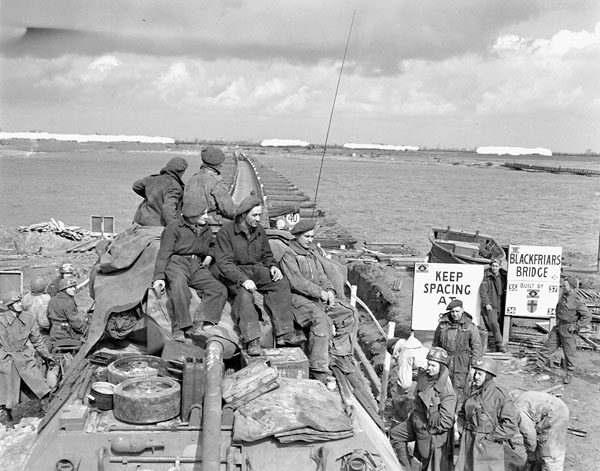During the WAR OF 1812, British troops led by Lieutenant General Sir George PREVOST conducted a raid on Sackets Harbor, NY, having learned that the American naval squadron was at the western end of Lake Ontario supporting an American army in the NIAGARA PENINSULA. Their goals were to relieve pressure on the British forces in the region and to destroy naval stores and a ship being built at the harbour.
Launching the Raid on Sackets Harbor
A reconnaissance of the US naval base at Sackets Harbor confirmed the absence of the US squadron. The 800-man assault force was drawn from the light companies of eight different regiments in the Kingston garrison, and included 40 First Nations warriors. Overall command was given to Colonel Edward BAYNES, while Commodore Sir James Lucas YEO, who had just arrived at Kingston with a contingent from the Royal Navy, led the flotilla of five warships and 33 bateaux. As he was temporarily commanding UPPER CANADA, Prevost chose to accompany the raid.
The combined force sailed from Kingston at midnight on 27 May 1813. Shortly thereafter the winds died, slowing progress. An American schooner then spotted the combined force and sent a warning to Sackets Harbor. The next day, the expedition was still 16 kilometres from their objective. With surprise lost, Baynes considered cancelling the raid, but he decided to continue following the capture of 115 American reinforcements travelling by boat to Sackets Harbor.
The Americans, meanwhile, had anticipated the possibility of an attack and had prepared defences earlier that year. An abatis, a defence made with felled trees with the boughs pointing outward, ringed Sackets Harbor. The NY state militia guarded the most likely landing site while regular troops, supported by artillery at Fort Madison, protected the harbour. The 1500 defenders were supported by 17 guns.
The Raid Fails
The British commenced their landing during the early morning of 29 May and easily pushed aside the defending militia. Baynes then divided his force into two columns and continued towards the harbour. Naval fire support was limited to one schooner and two gunboats. Yeo's decision to accompany the assault force left the fleet without its commander, and most of the 84 guns of the squadron remained silent.
Baynes soon reached the main American defences, an entrenched position centred on three barracks buildings. The fighting proved difficult and casualties mounted. With only 300 men available to fight and three key officers unable to continue, Baynes asked Prevost what to do. Expecting that Commodore Chauncey might arrive and capture the assault force or engage the naval squadron burdened with troops, Prevost chose to withdraw. Meanwhile, fearing British success, the Americans had set fire to their storehouses and the ship under construction.
Results of the Raid on Sackets Harbor
While Prevost was criticized for his decision, his plan to undertake an amphibious raid, the most difficult of all military operations, employing the majority of the Kingston garrison and the Royal Navy, who were on their ships and the lake for the first time, was bold. The raid was a tactical failure, but it reaped operational benefits. When Chauncey finally saw the damage to his base, he vowed to remain until his new ship was completed. The separation of the American naval squadron from its army allowed Prevost to send Yeo with reinforcements to Burlington Bay; the combined British force then struck at the Americans, still in confusion following the BATTLE OF STONEY CREEK, and forced the Americans back to FORT GEORGE.
The combined effects of the raid on Sackets Harbor and the action at Stoney Creek were decisive and saved Upper Canada from what may have been the best opportunity the Americans had of achieving their military goals during the war.

 Share on Facebook
Share on Facebook Share on X
Share on X Share by Email
Share by Email Share on Google Classroom
Share on Google Classroom


